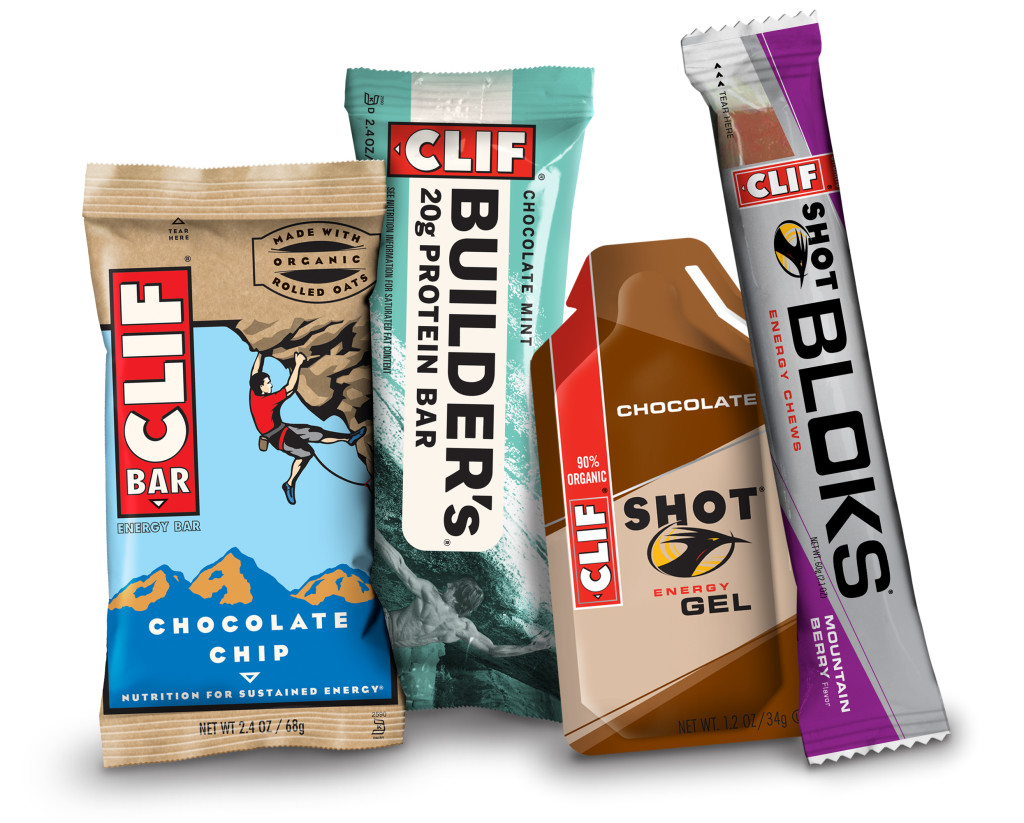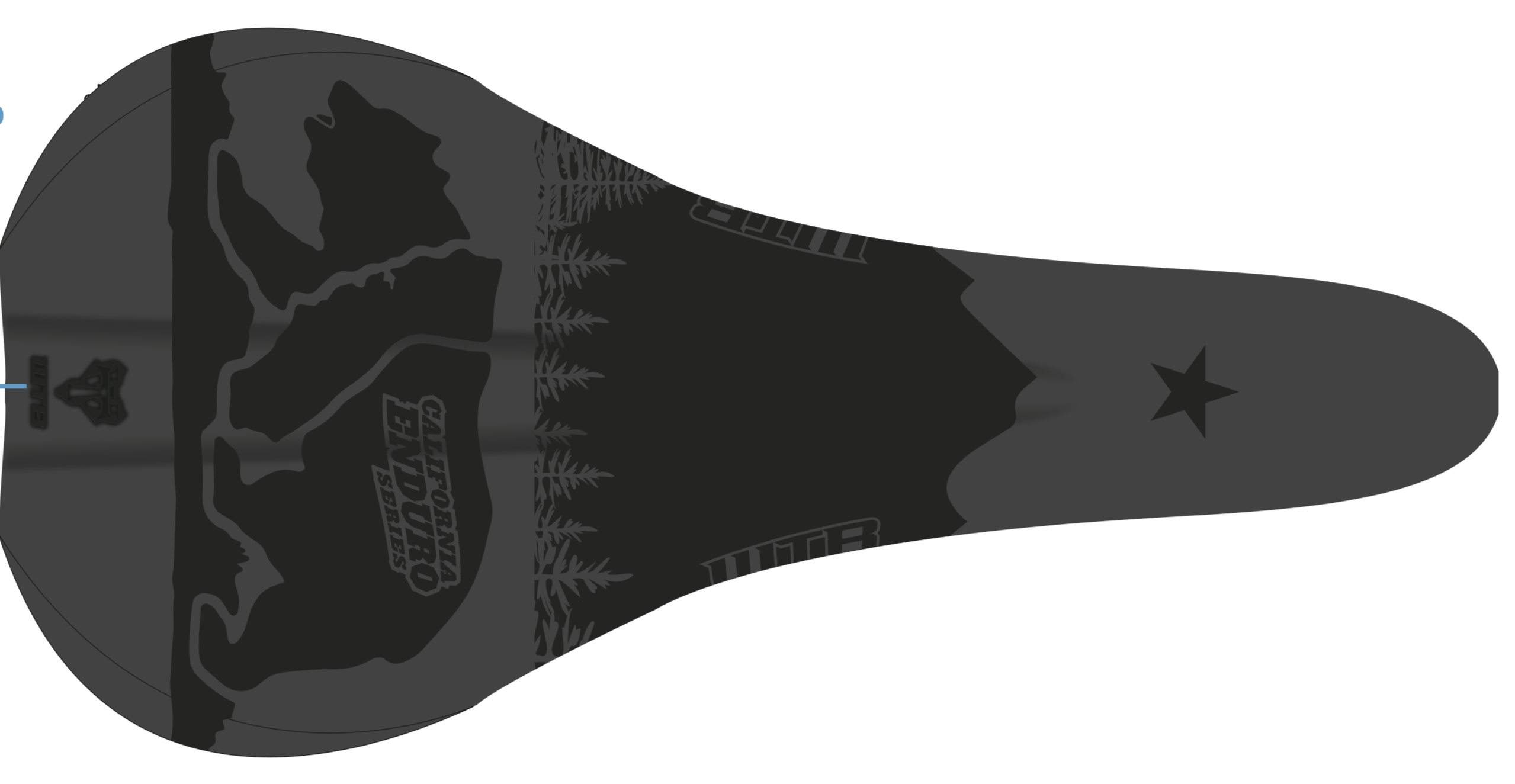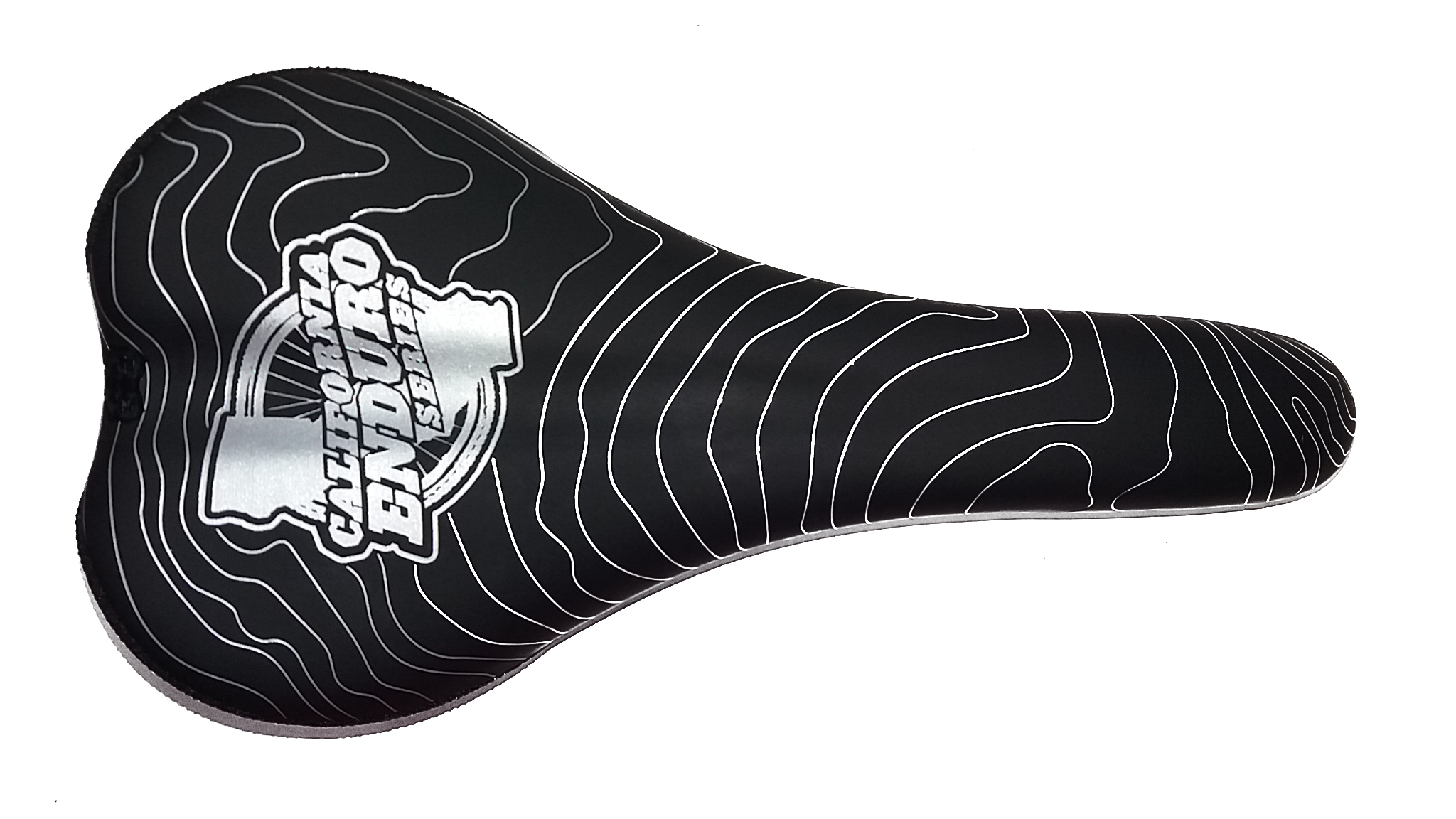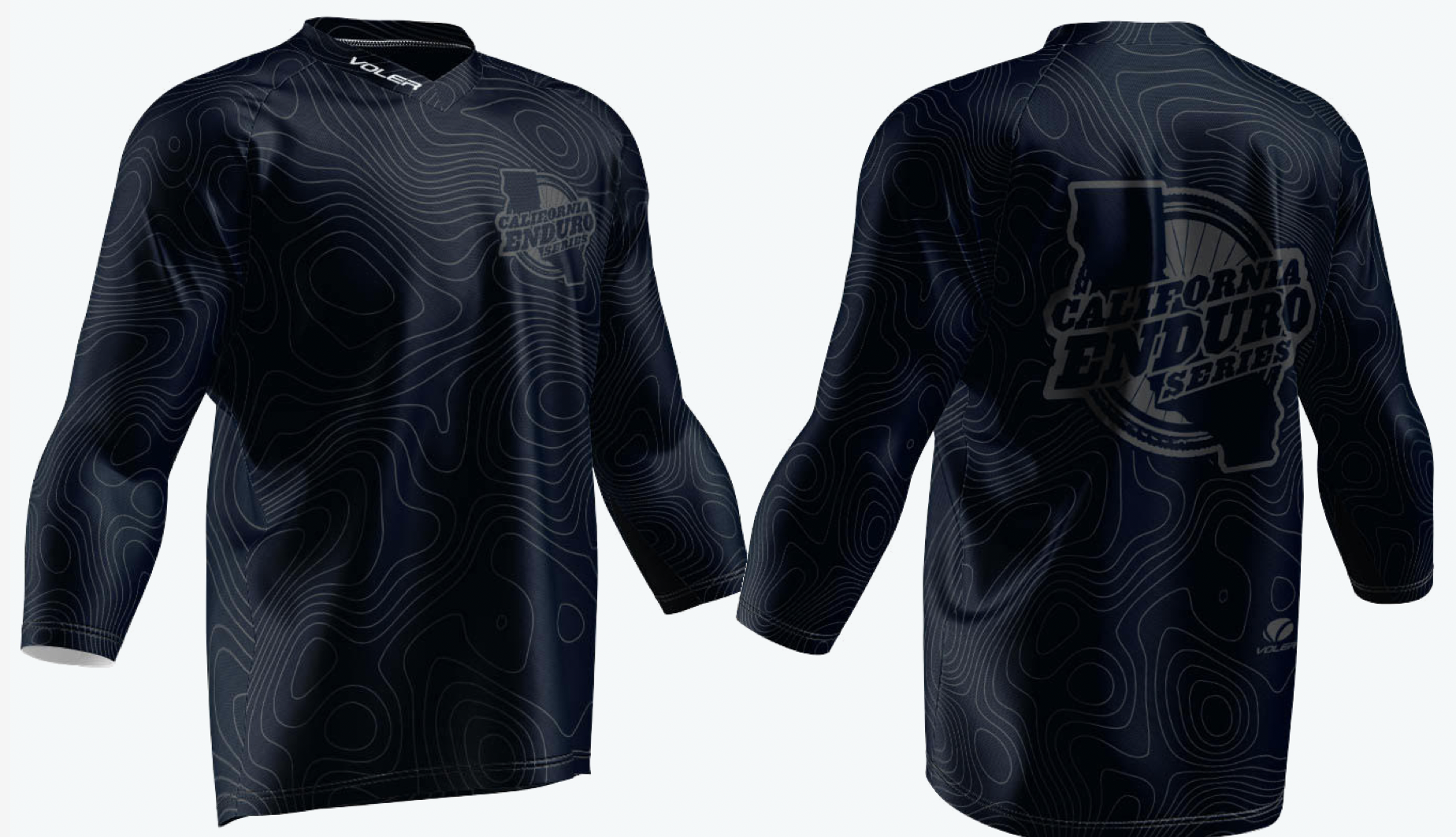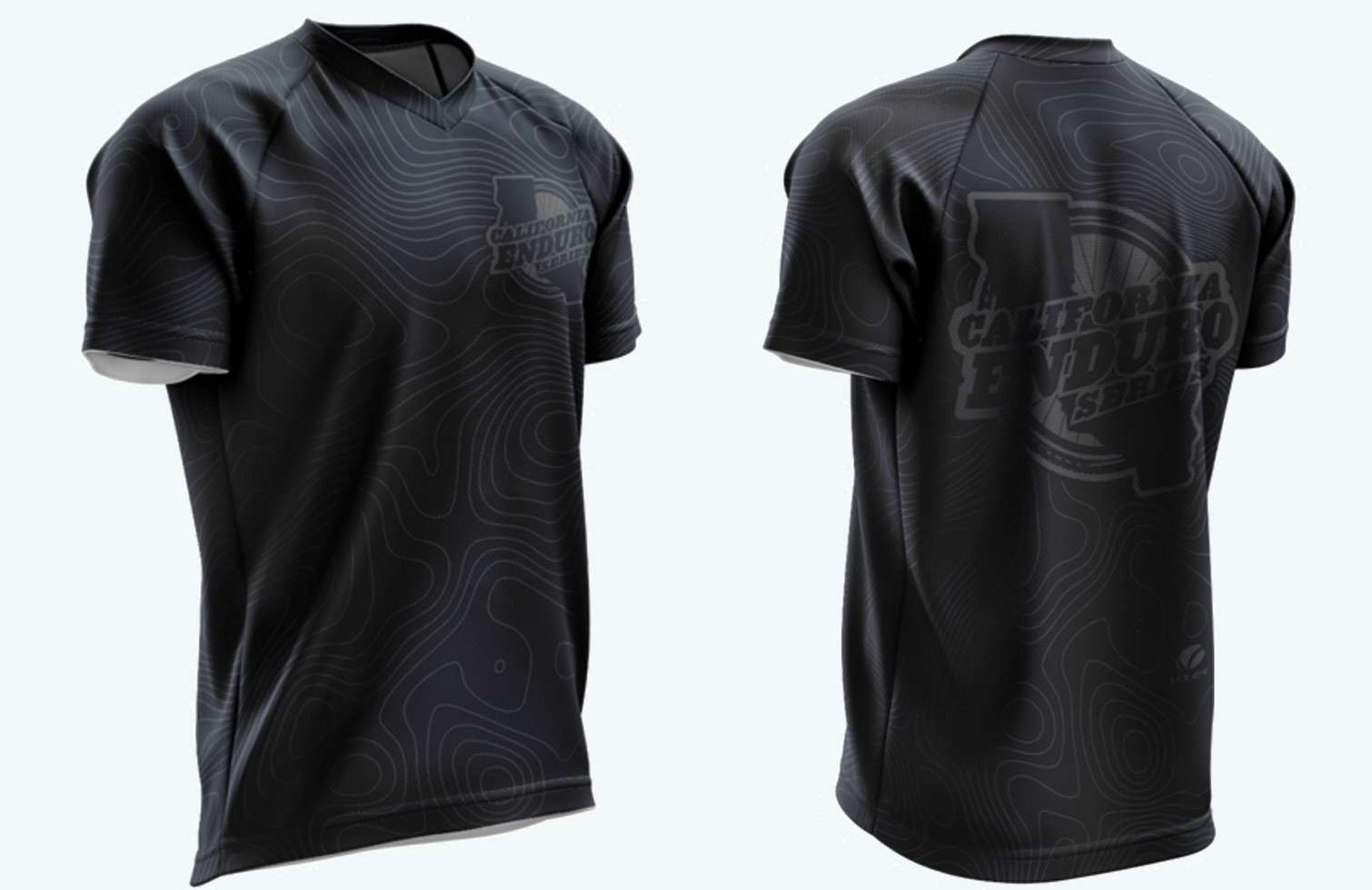As we are approaching the Wild Wood Adventure Enduro, one of the most demanding endurance events on the 2015 California Enduro Series calendar, we asked our nutrition sponsor Clif Bar for some input – what should athletes think about with respect to nutrition with back to back endurance efforts? Here’s what they had to say – it could be the difference between bonking and winning.
Nutrition for CES Riders, Clif Bar & Company
Athletes should consider nutrition as part of their essential gear for training and racing. It’s not just about what you eat, but when you eat. Choosing the right foods and drinks, at the right time, will help support your training and aid in recovery.
A variety of nutrients contribute to a balanced diet and all play an important role in performance. Eating to perform your best in endurance sports, like cycling, is often about managing your precious resource of glycogen. Our bodies store carbohydrates as glycogen, which is later used for energy. Glycogen is stored in relatively limited capacity and depleting glycogen stores is often what leads to bonking or slowing down in endurance activity (1).
- A pre-ride meal should be able to ‘top-off’ your glycogen stores to make sure you start with a full tank.
- Eating during the ride should aim to spare glycogen stores, by providing carbohydrate from food.
- Once you are off the bike for the day, your post ride meal should be able to provide carbohydrate to refill your glycogen stores for your next ride.
Here are some tips for eating before, during, and after exercise to help manage your glycogen stores and hopefully maximize your performance.
The Pre-exercise Meal:
Athletes who train in the morning often pass up food pre-workout; maybe it’s lack of hunger or a perceived lack of time. However, the overnight fast causes a big drop in stored glycogen, which leaves little for the start of a ride. Therefore, simply eating before exercise, versus training on an empty stomach, would set you up for better performance (1).
The focus of that pre-exercise meal should be on carbohydrate, to boost glycogen stores. The specific amount of carbohydrate varies per person and sport, but quantities generally shown to help performance range from 200-300g, consumed 3-4 hours before an event (5). A bowl of oatmeal with a banana, peanut butter sandwich or pancakes and eggs are a few examples of quality pre-ride nutrition.
The closer to exercise (<1 hour), the less you want to eat – since large amounts of food can delay gastric empting and lead to GI distress during the ride (5). Some examples of good nutrition close to a workout include yogurt, a piece of fruit, or a CLIF® Bar.
During Exercise Nutrition:
What should I eat? It’s not just a question to ask after work, or when you are standing in front of the refrigerator, you should also ask yourself this when getting ready to ride your bike.
What you eat during exercise can have a serious impact on performance, for better or worse. On one hand, certain foods could upset your stomach, but on the other hand, if you don’t eat, your performance is very likely to suffer due to relatively limited carbohydrate energy stores (glycogen) (5). A little sports nutrition knowledge and trial and error can help determine what works best for you.
The general recommendation for endurance athletes is to consume 30 to 60 grams of carbohydrate per hour as food and/or fluid, for events lasting longer than 1 hour; this has been shown to extend performance by providing additional carbohydrates your body can quickly use as energy (2).
Your goal is to meet these nutrition recommendations in a way that feels best to your system. For some athletes, this means consuming an energy bar, something like a CLIF Bar with ~42g of carbohydrates, along with a hydration drink every hour. Others prefer only fluid during activity, using a more concentrated electrolyte and carbohydrate beverage. Yet some athletes like to eat a little bit all the time, for example, a CLIF SHOT BLOKS® energy chew (8g carbohydrates each) every 10-15 minutes. Bananas, honey or a peanut butter tortilla could also be good on-the-bike nutrition options.
Invest the time to experiment during your rides with different food combinations to develop a nutrition plan that works for you!
Post Exercise Recovery:
After a workout, your muscles are ‘hungry’ for nutrients. They’re more sensitive and better able to use the nutrients provided. Athletes should take advantage of this time and choose foods with a combination of quality carbohydrates and protein as part of their recovery plan.
Research suggests athletes consume .55g of carbohydrates per pound body weight within 30 – 60 minutes after strenuous endurance exercise to help replenish glycogen stores and potentially reduce muscle protein breakdown (8). For example, a 180 pound athlete would want to consume 99 grams of carbohydrates after aerobic activity (7). To maximize glycogen storage, follow this with a similar amount about 2 hours later. This type of refueling strategy will result in higher glycogen storage versus delaying intake by even just 2 hours (3). It takes up to 24 hours to fully restore glycogen stores (4).
Protein is also a key component to your recovery meal. 20g of complete protein post-workout has been shown to maximally stimulate muscle protein synthesis (6). Yogurt and fruit, a turkey sandwich, chocolate milk, a protein bar and even pizza could all fit this bill.
Athletic performance is not just based on how much you train, but also on what and when you eat. Developing a balanced nutrition plan and timing your food choices are part of essential training for success.
- Moseley L, Lancaster GI, Jeukendrup AE. Effects of timing of pre-exercise ingestion of carbohydrate on subsequent metabolism and cycling performance. Eur J Appl Physiol. 2003 Jan;88(4-5):453-8.
- Currell K, Jeukendrup AE. Superior endurance performance with ingestion of multiple transportable carbohydrates. Med Sci Sports Exerc. 2008 Feb;40(2):275-81.
- Ivy JL, Katz AL, Cutler CL, Sherman WM, Coyle EF. Muscle glycogen synthesis after exercise: effect of time of carbohydrate ingestion. J Appl Physiol. 1988 Apr;64(4):1480-5.
- Ivy JL. Muscle glycogen synthesis before and after exercise. Sports Med. 1991 Jan;11(1):6-19. Review.
- ACSM, Nutrition and Athletic Performance.
- Daniel R Moore, Meghann J Robinson, Jessica L Fry, Jason E Tang, Elisa I Glover, Sarah B Wilkinson, Todd Prior, Mark A Tarnopolsky, and Stuart M Phillips. Ingested protein dose response of muscle and albumin protein synthesis after resistance exercise in young men. Am J Clin Nutr January 2009 vol. 89 no. 1 161-168.
- Ivy JL. Dietary strategies to promote glycogen synthesis after exercise. Can J Appl Physiol 2001;26 Suppl:S236-45.
- Churchward-Venne TA, Burd NA, Phillips SM, Nutritional regulation of muscle protein synthesis with resistance exercise strategies to enhance anabolism. Nutrition & Metabolism 2012, 9:40


